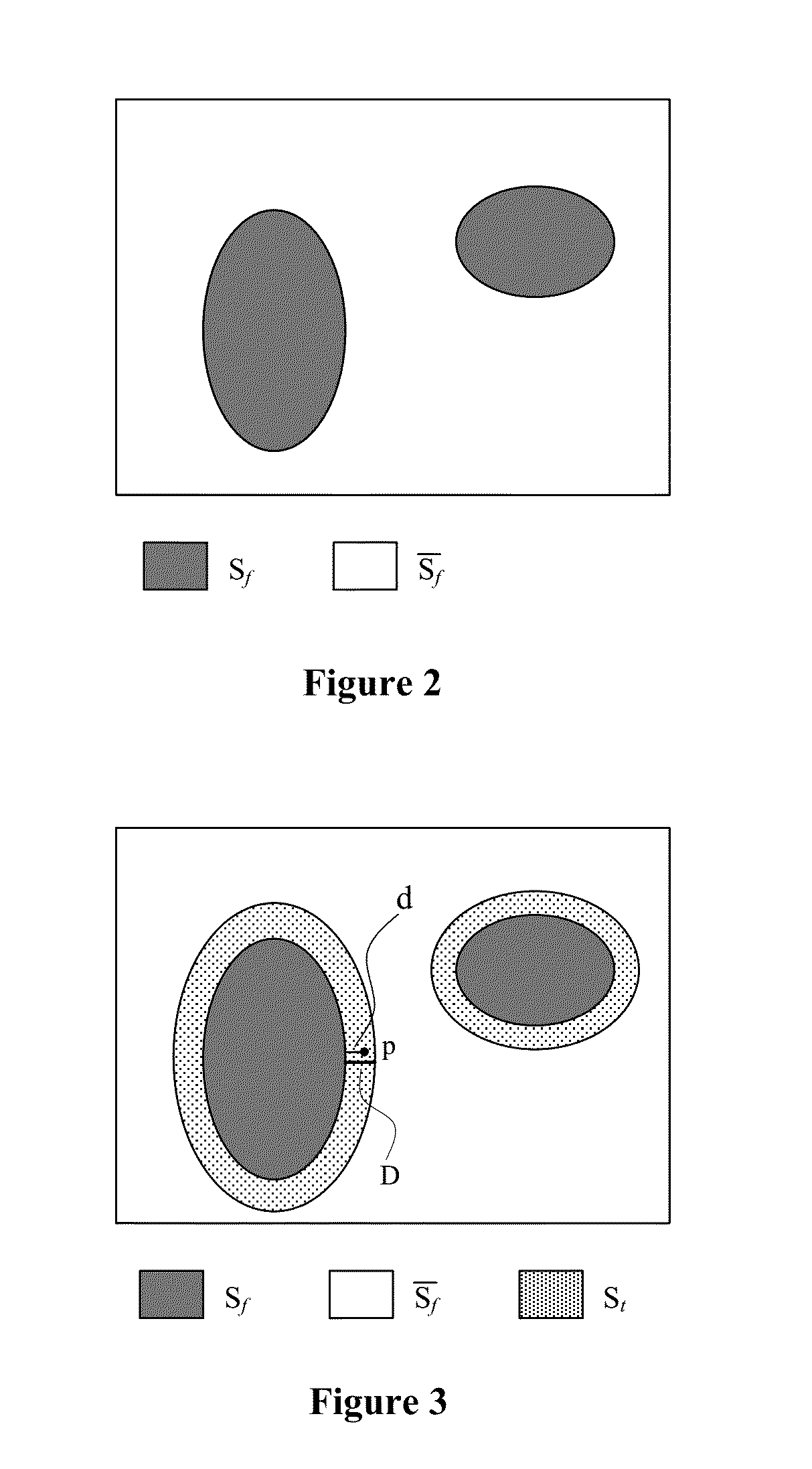Apparatus and method for liquid crystal lens imaging
a liquid crystal lens and apparatus technology, applied in the field of lenses imaging apparatus and methods, can solve the problems of reducing the signal to noise ratio, reducing image quality, and reducing the use of polarizers
- Summary
- Abstract
- Description
- Claims
- Application Information
AI Technical Summary
Benefits of technology
Problems solved by technology
Method used
Image
Examples
embodiment one
[0031]Without loss of generality, the original incident light L may have multiple different polarization directions. According to the characteristics of the liquid crystal lenses that the liquid crystal lenses only respond to polarized light, all the light components of the original incident light L which can be modulated by the liquid crystal lenses are decomposed into one polarization direction, and all the light components which cannot be modulated by the liquid crystal lenses are decomposed into another polarization direction, and the two polarization directions, represented respectively as x and y, are perpendicular to each other.
[0032]The light components of the light signal (the original incident light L) received by the image processor 140 on polarization directions x and y generate two images, represented respectively as Ix and Iy. That is, an image captured and generated by the image sensor 140 can be represented by two component sub-images, as Ix and Iy, respectively. It ...
embodiment two
[0050]Different from what described above in Embodiment One, when the drive circuit 120 controls the liquid crystal lenses of the lens group 130 to focus, during the transition from the out-of-focus state to the in-focus state, the image sensor 140 detects and generates multiple out-of-focus images I1, I2, . . . , In, arranged or ordered according to its length of time interval from the in-focus state, where n is an integer greater than 1.
[0051]Under the condition that there is no change occurred for the original incident light L during the focusing process, or the change occurred is minor enough to be ignored, the in-focus image is processed by using the out-of-focus images according to the following equation to obtain the final clear image Is:
Is=normalization[If−ψ(I1, . . . ,In)] (7)
[0052]Where, normalization is a brightness normalization function, If−ψ(I1, . . . , In) represents that the in-focus image is processed by using at least an out-of-focus image.
[0053]In certain embodim...
embodiment three
[0061]For images with a single focal plane, the images can be processed sufficiently according to the above two embodiments (embodiment one and embodiment two). But in actual image shootings, since different objects are focused in different focal planes, and only a certain focus point can be specified, and objects focused in a same focal plane of the specified focus point can be focused and imaged. Thus, on a same generated image, the objects focused in the focal plane produce a clear image, and other objects focused in other focal planes produce a blur image.
[0062]As shown in FIG. 2, an image area in the same focal plane of the specified focus point is called a focal image area Sf, while an image area outside the focal area Sf is called a non-focal image areas Sf, which is the image area corresponding to a non-focal plane. The image processor 150 only processes the image on the focal area Sf according to embodiment one and embodiment two disclosed above, does not process the image ...
PUM
 Login to View More
Login to View More Abstract
Description
Claims
Application Information
 Login to View More
Login to View More - R&D
- Intellectual Property
- Life Sciences
- Materials
- Tech Scout
- Unparalleled Data Quality
- Higher Quality Content
- 60% Fewer Hallucinations
Browse by: Latest US Patents, China's latest patents, Technical Efficacy Thesaurus, Application Domain, Technology Topic, Popular Technical Reports.
© 2025 PatSnap. All rights reserved.Legal|Privacy policy|Modern Slavery Act Transparency Statement|Sitemap|About US| Contact US: help@patsnap.com



